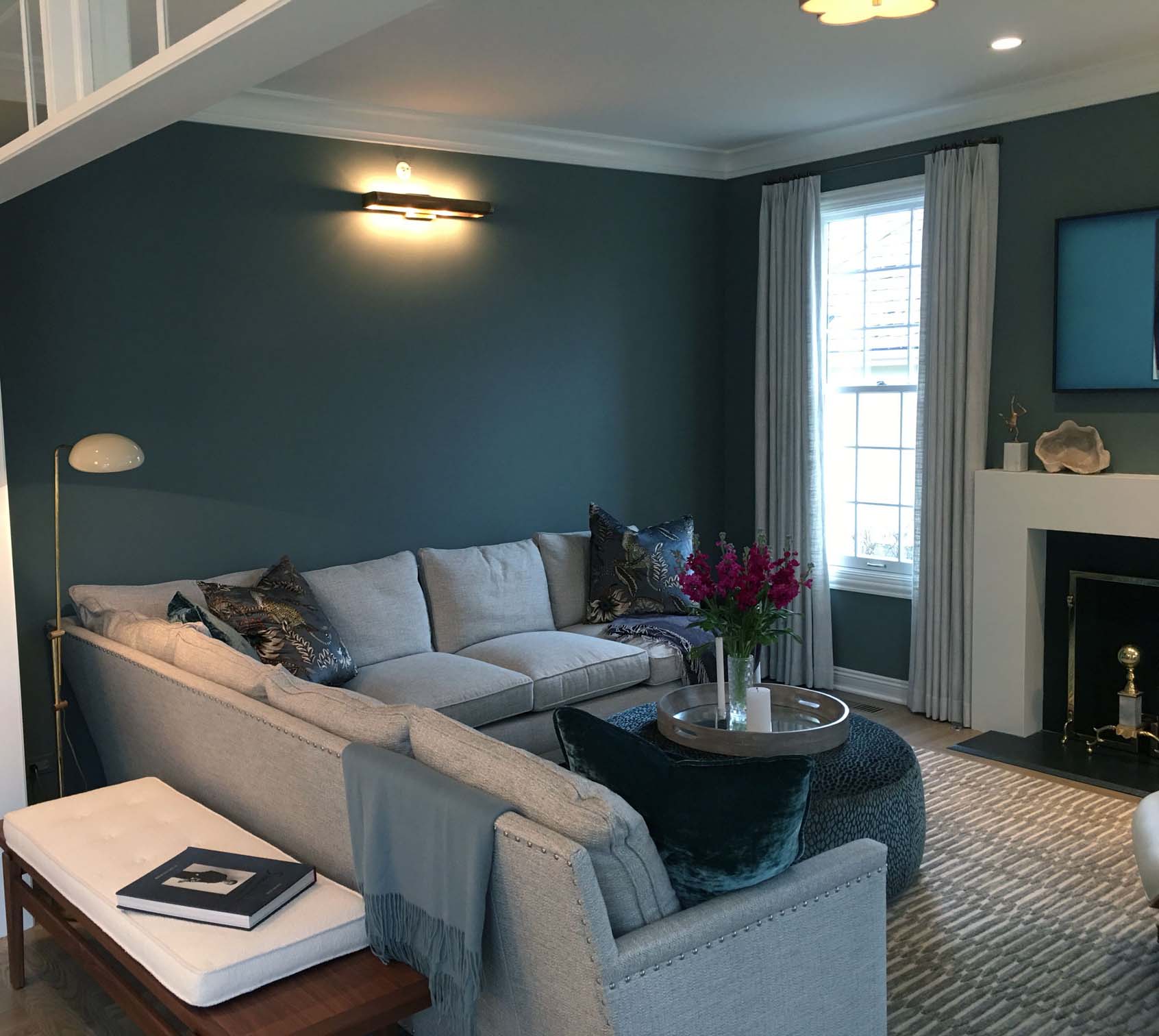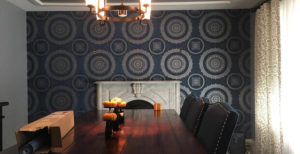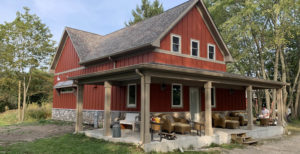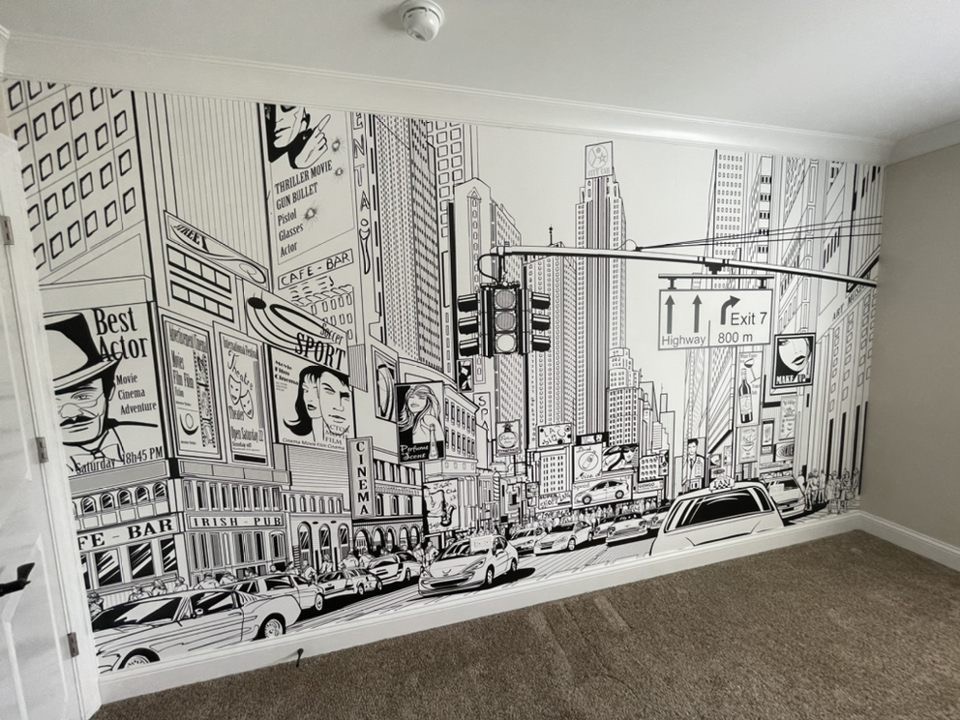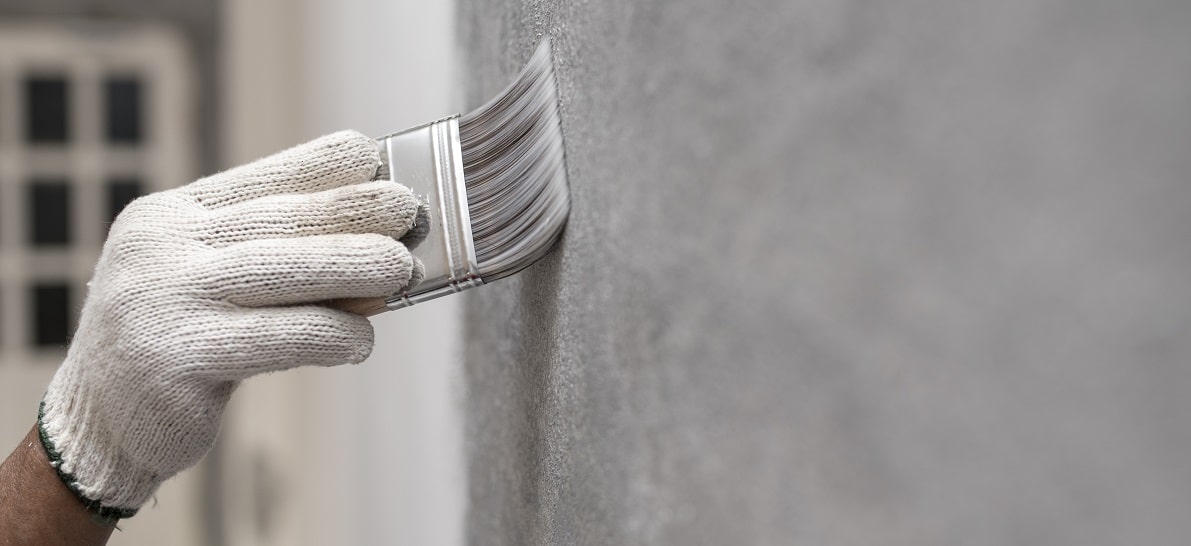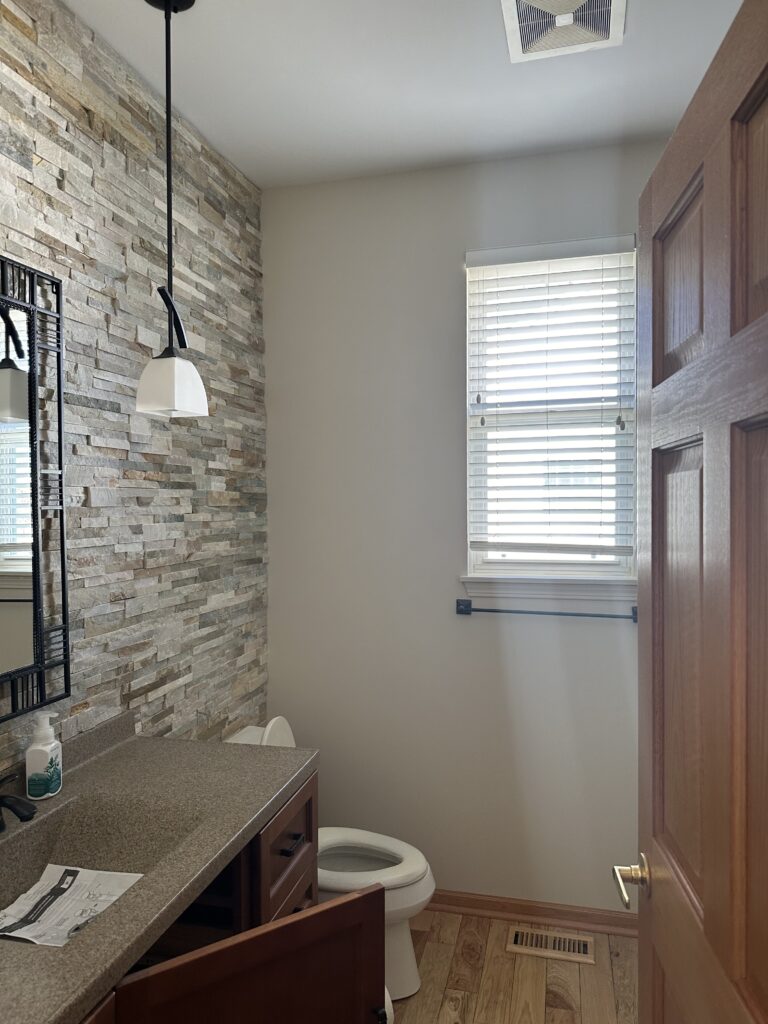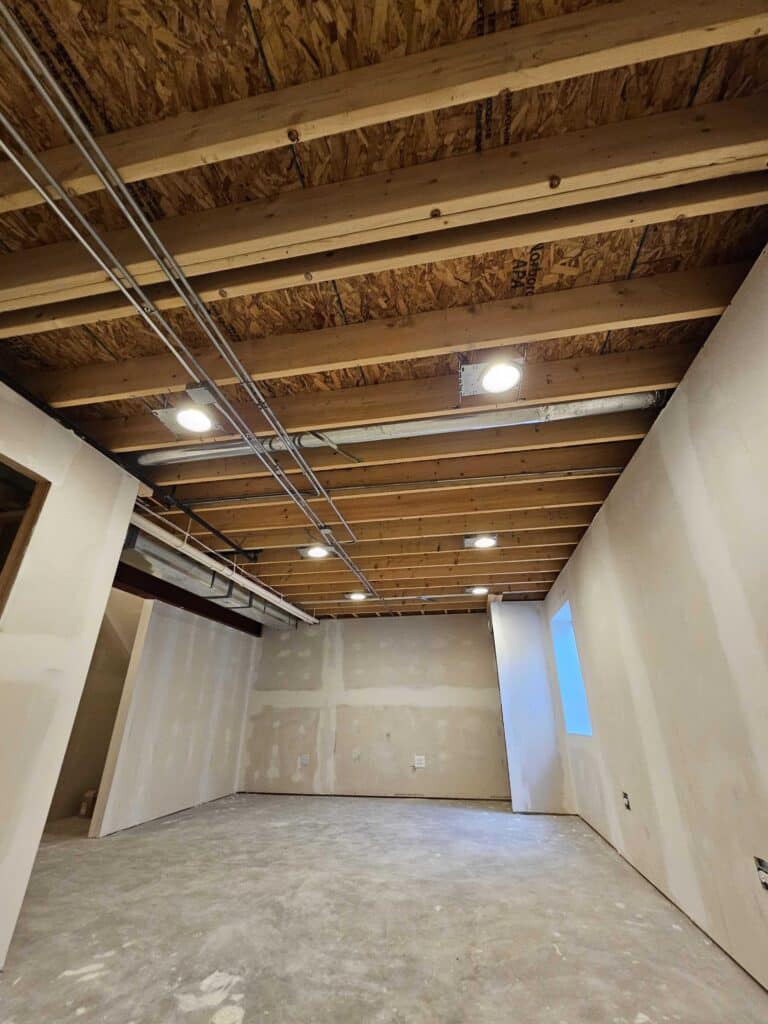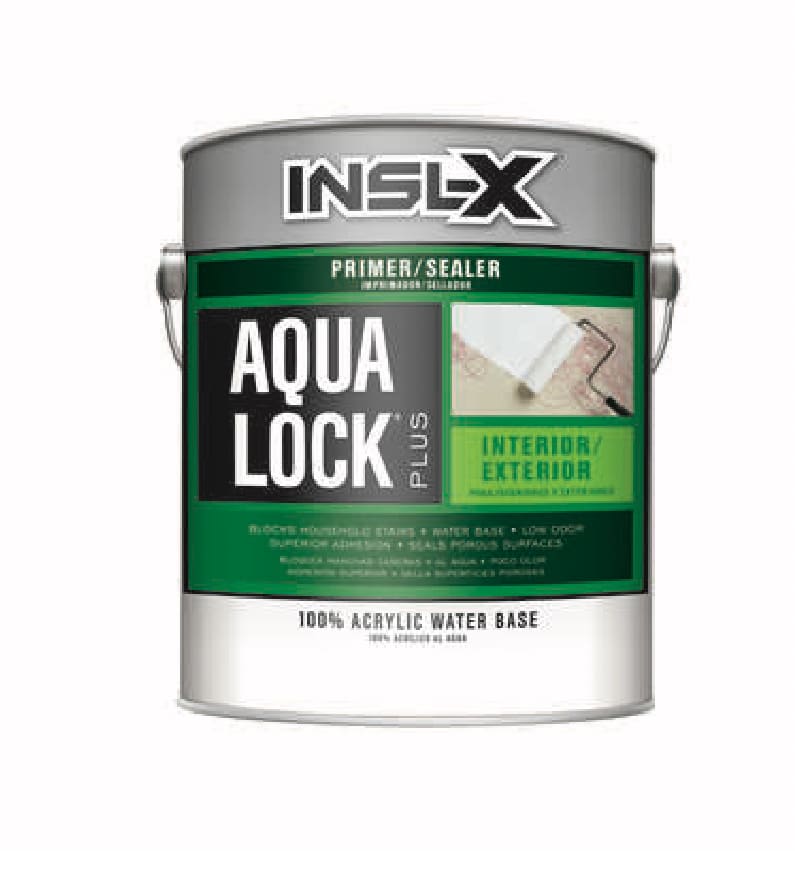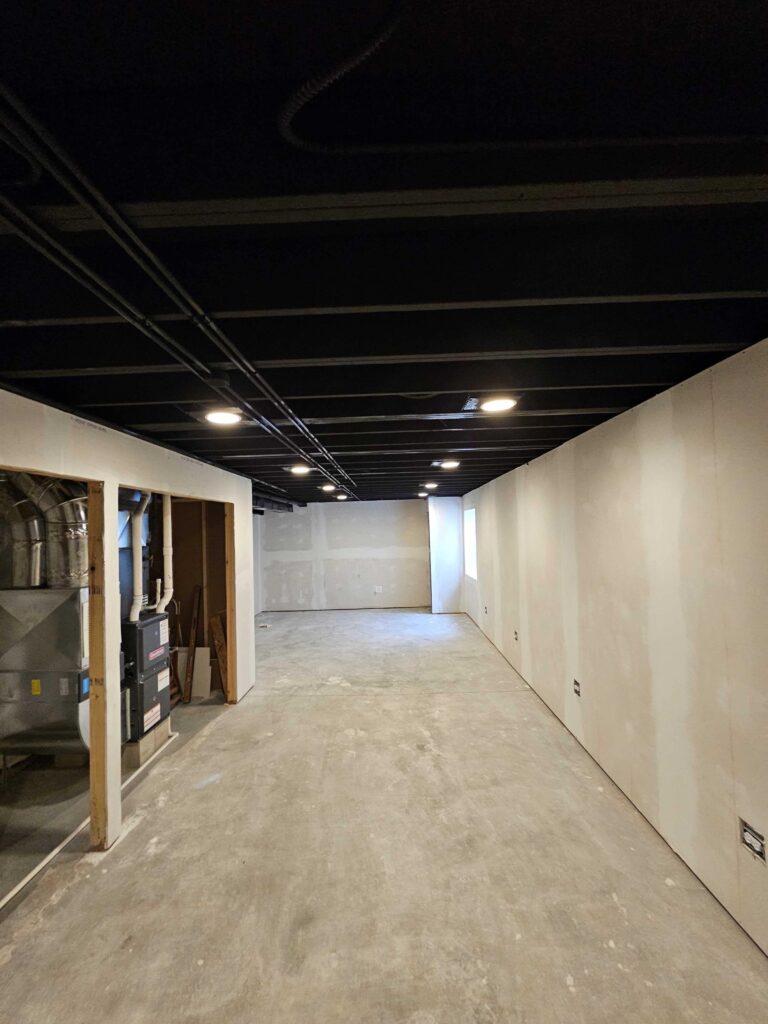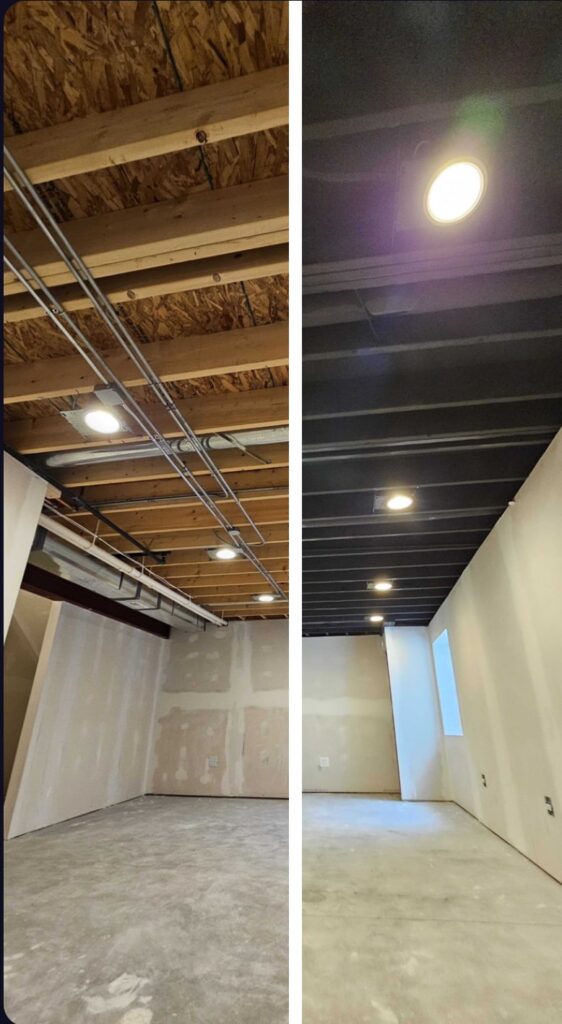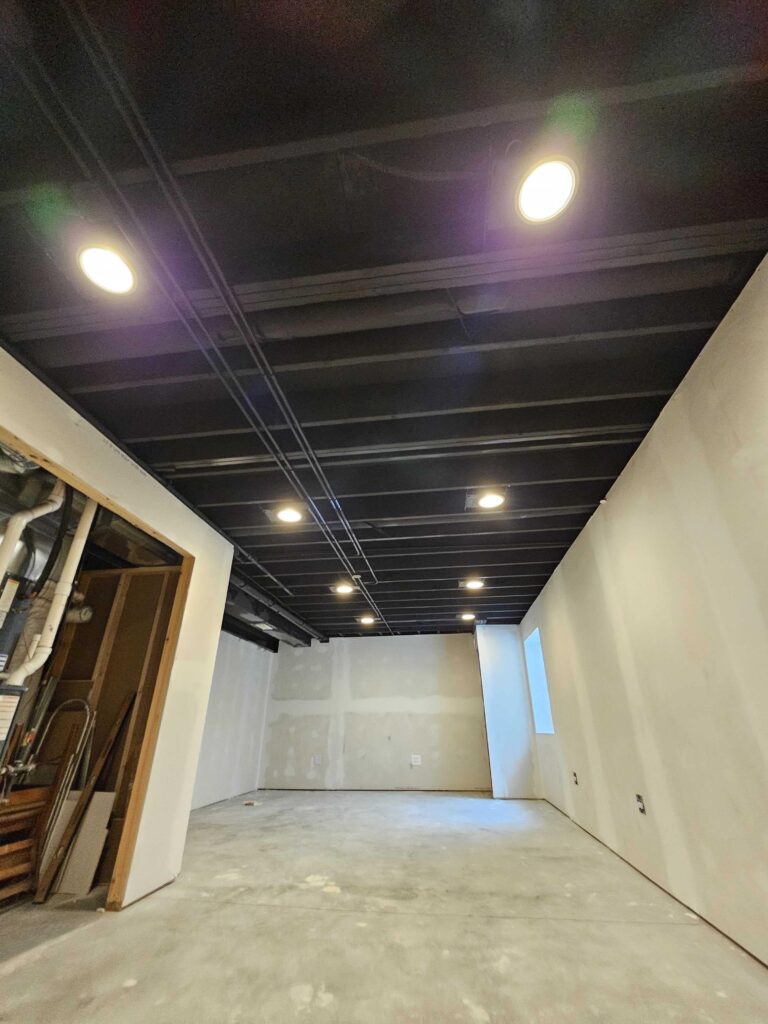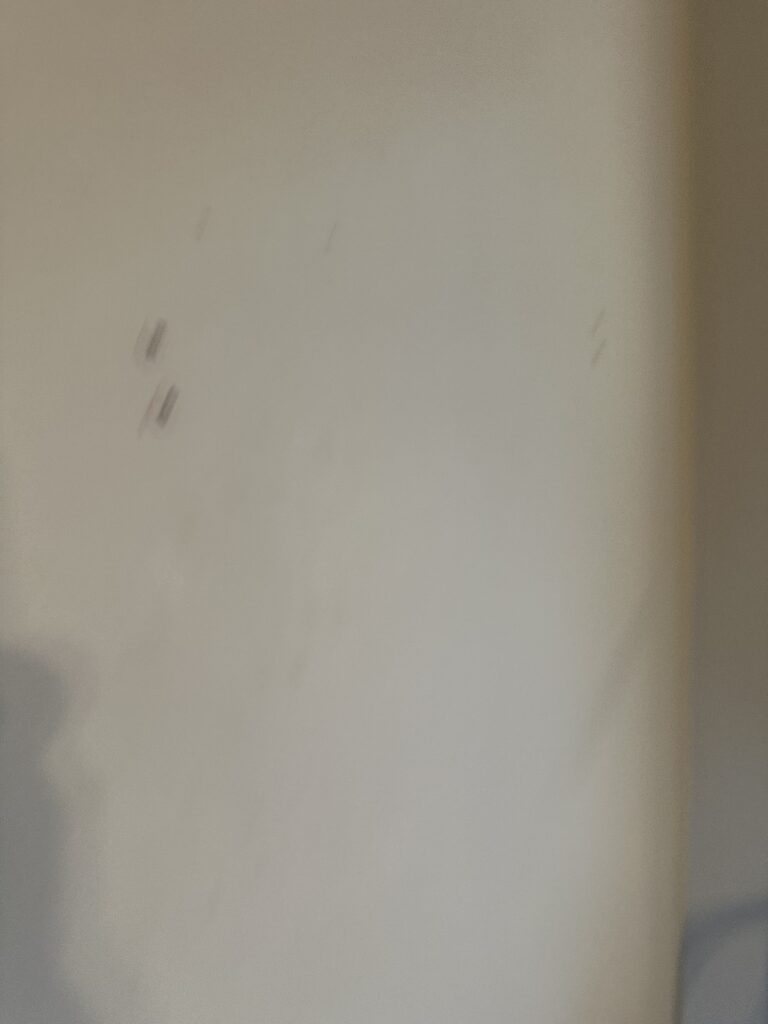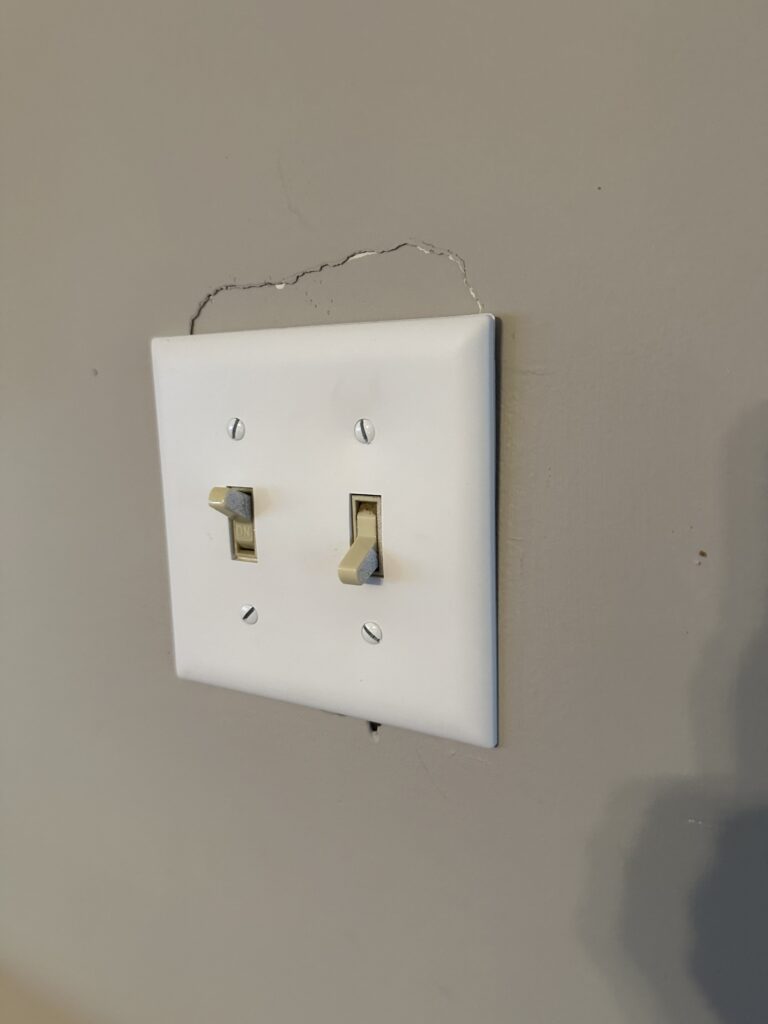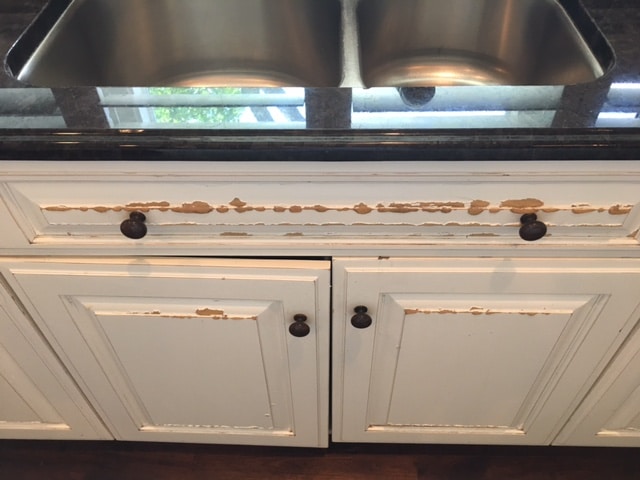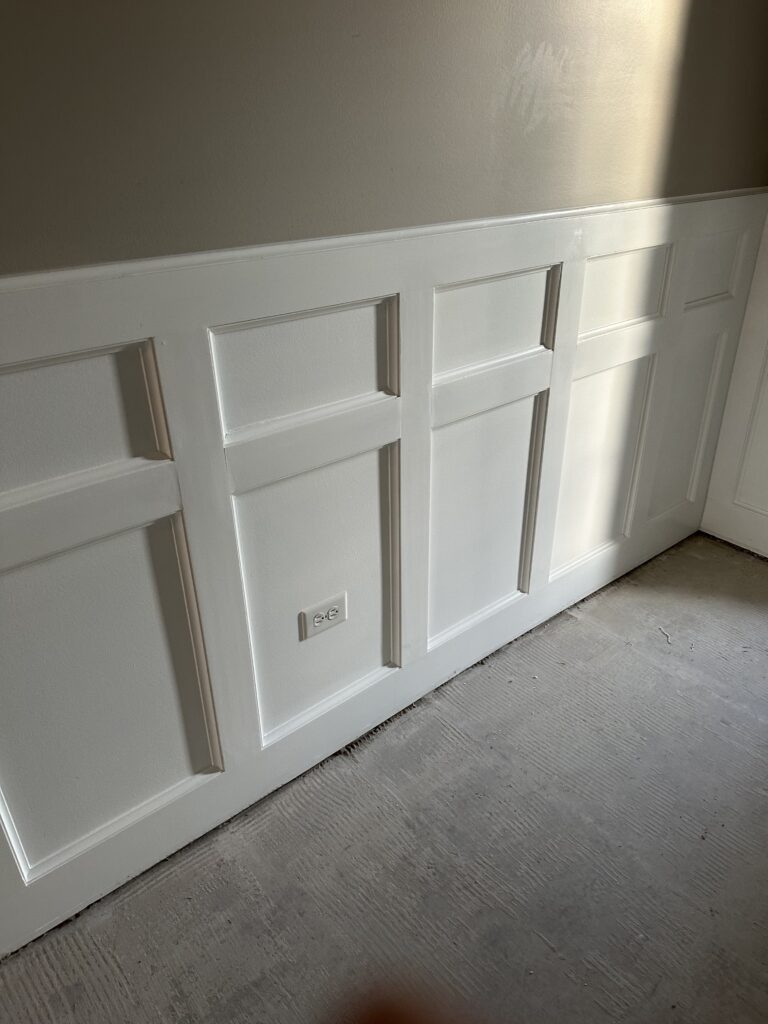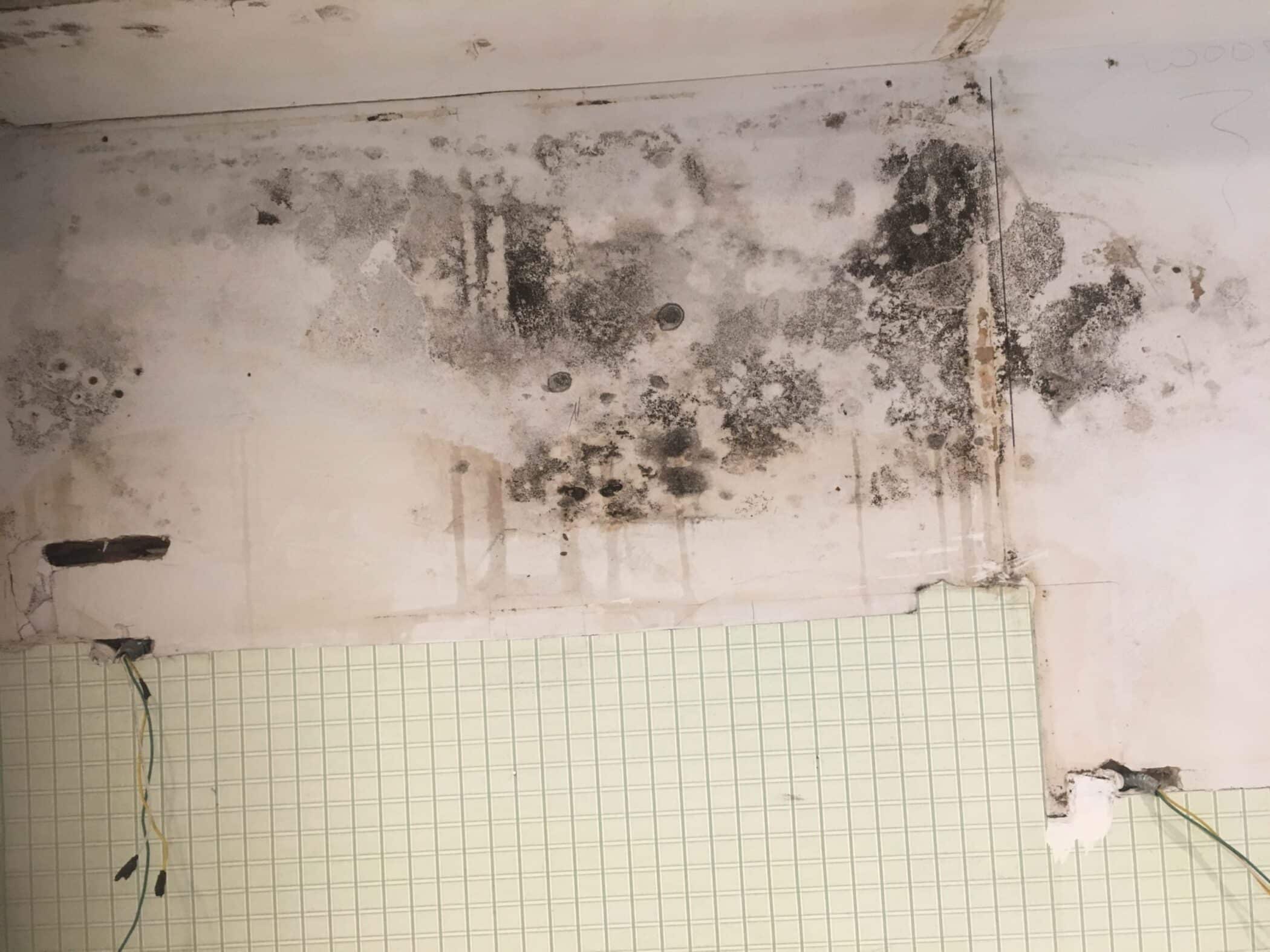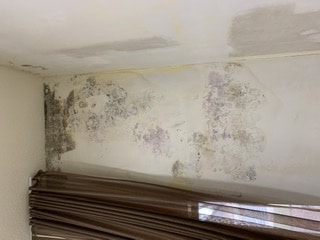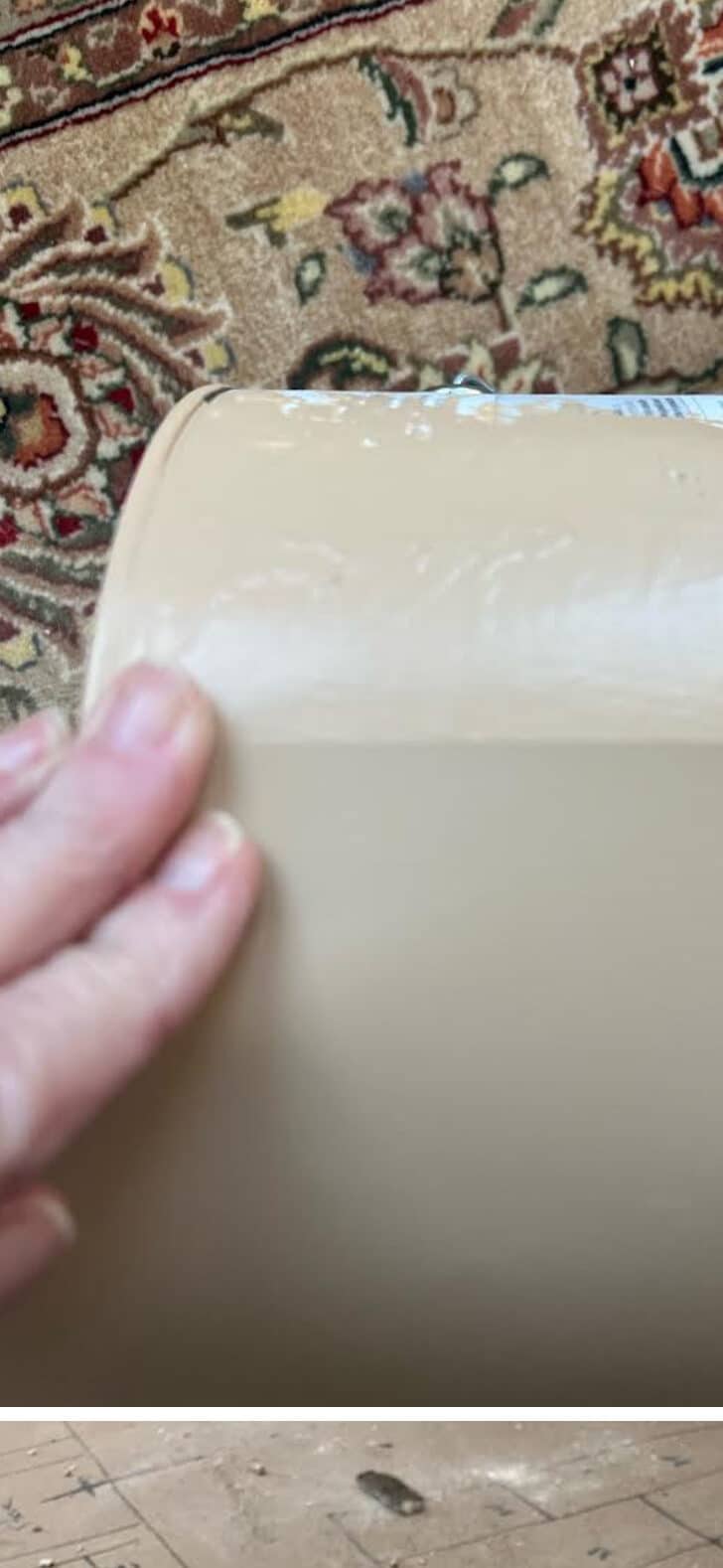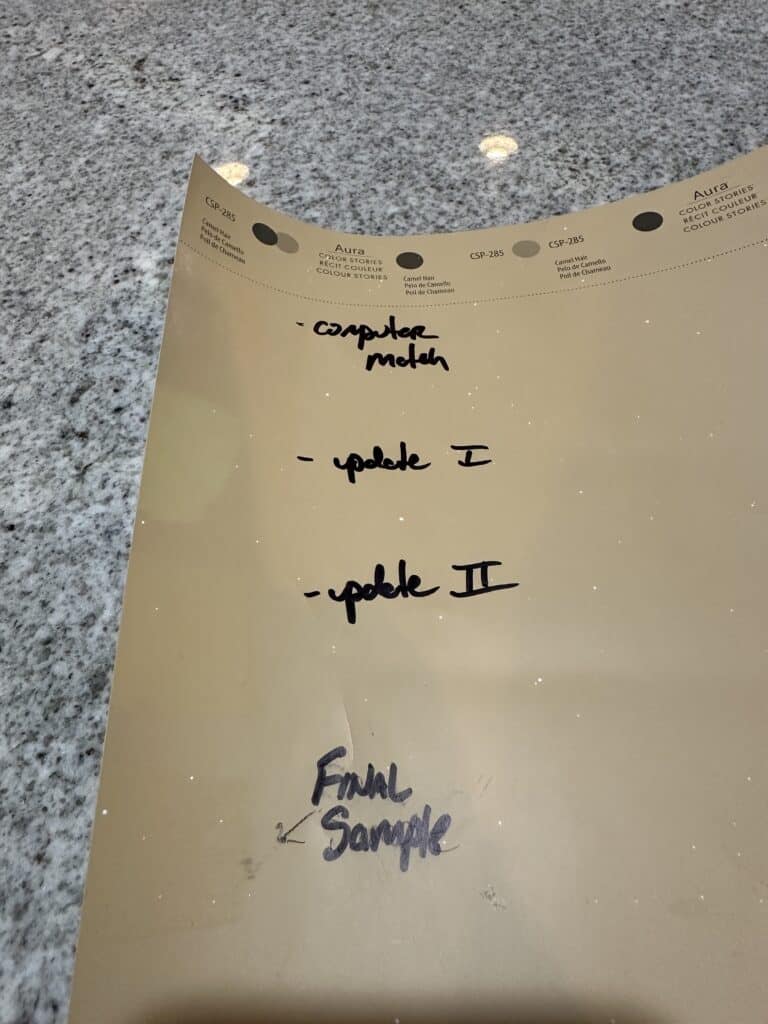Every area of the county can be unique when it comes to wall finishes. Some areas are smooth, there are textures and popcorn ceilings. Selecting the Best paint for Ceilings is a matter of matching the paint properties to the type of ceiling and the effect you desire. For this article, we are gonna assume you have smooth flat drywall ceilings.
Hello Everyone, David With Dfranco Painitng, here in Huntley,IL. This wekes question is about what paint should I use for my ceilings. SO- Here’s a comprehensive guide to help you make the best choice:
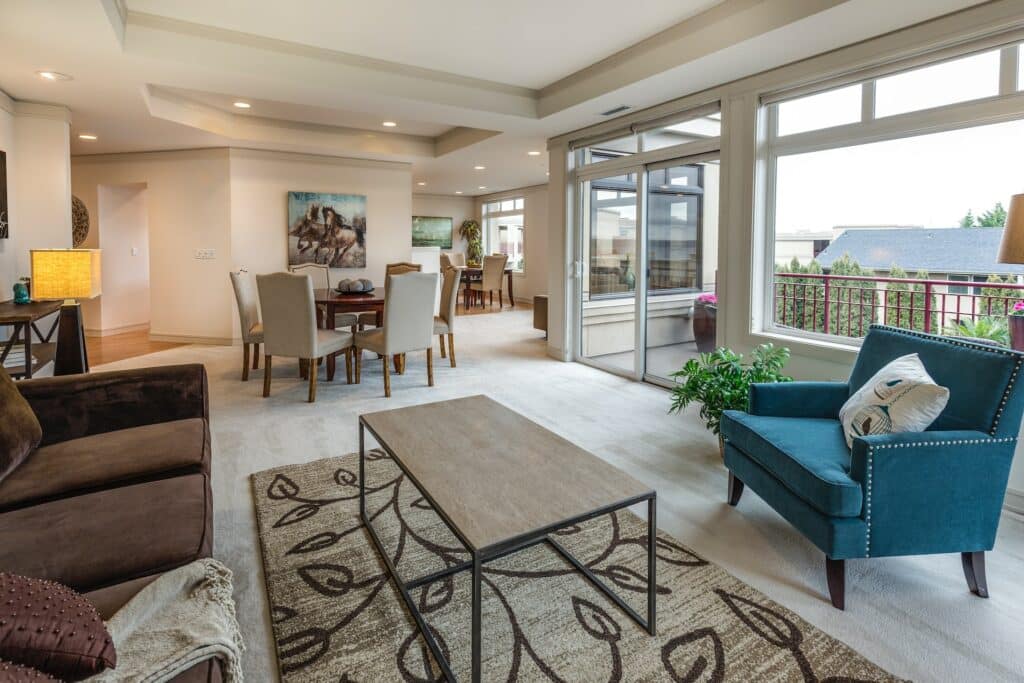
What sheen should I use to paint my ceilings?
Most Designers, Painters, Builders, Paint store Reps, and indusrty experts will agree that flat latex paint is the Best paint for painting the ceilings in your home (in general). Yes there are exeptions which I’ll get to in a bit, but a non-reflective finish is preferred in almost all situtations.
Again, we are writng this for homes in around the Pingree grove, Algonquin, Carpentersville, Elgin, St. Charles areas of Chicagoland as they are alll pretty much the same.
Why should I use Flat Paint for ceilings?
We could send a ton of time on this, but at the end of the day, for your interior painting, you want a flat paint to be applied to your ceilings because:
- it hides issues such as imperfections of the drywall
- there will be minimun glare or reflection
- there will be no shine- flat paints in general are the most accurate depiction of the color selected
- flat paint is easy to touch up- if you have water damage, lighting replaced you will apprecaite touching up a ceiling vs reppainting the whole thing

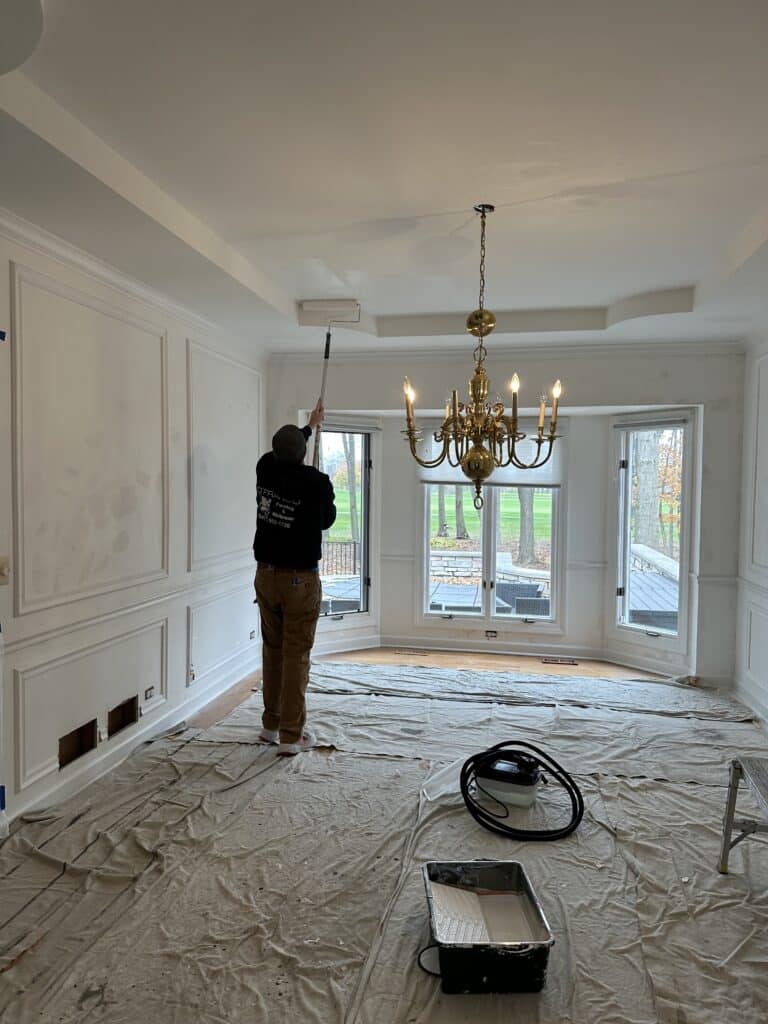
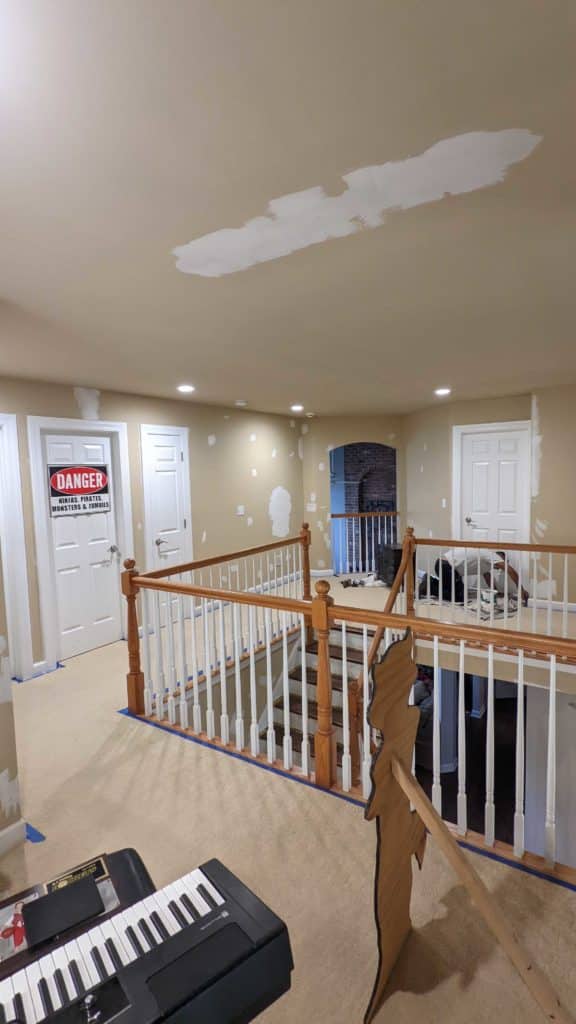
Types of paint to use for Ceilings
There are several brands of paint- how to choose? Here is a list of ceiling paints we have used, and what we like or dislike about them that is best for interior painting in your home. (paints do change over time, so asa of this article post this is what we like best)
- Benjamin Moore Waterborne Ceiling Paint – This product is specifically formulated for ceilings and features an ultra-matte finish. It’s known for its slow drying time, which reduces spatter, and its ability to conceal blemishes well. We have found that it leaves marks, and didnt really touch up that well, (an electrician added a light, we touch up around it and it left a sheen different from the paintinng we did the previou day) It is also the most exensive.
- Harmony Interior Acrylic Latex – If you’re looking for an eco-friendly option, Harmony is UL Greenguard Indoor Air Quality and Gold certified. It includes mold and mildew inhibitors and is particularly effective for kitchen ceilings where you might encounter smoke stains or cooking odors. We used this product in a day care, funeral home and senior care facility. We had no issues with it, seemed ok- we only used it because thaat was what we were told to use.
- BEHR Ultra Pure – Home Depot says, “this paint is versatile for various ceiling textures, offers stain-blocking capabilities, and is low-odor, though it may require more than one coat for optimal coverage”. We say NOT. Great marketing, poor deliverance- from our experience. I thought price was high, and as you can see in this video- I would not call this a flat paint.
4. Sherwin Williams Eminence Ceiling Paint –
This paint is newer to the market. We have only used it twice and that was due to the color selected. The can said that “This paint has no sheen and is a true flat”, and overall i think it was. Since it comes in a base color of Bright White, it an excellent choice for bright whites competeting with Behr.
OUR Top pick for Ceiling Paint- Sherwin Williams CHB
This paint is a powerhouse and workhorse. If your in the Chicago market your painters will know it well. It is said to outsell all their other paints. We have been using it since 2005. It has never changed, (that we have seen) the label is the same, smells the same, and works the same. In fact!.. we have gone back to do touch ups on ceilings 5 yrs later! We used the same paint, with a new gallon and you could not see where it was re painted! The Cost is amazing. We personally will only use this stuff unless told otherwise- it is that good. So hands down we feel that is is the BEST Inteior PAINT FOR CEILINGS
Good runner up- JC LICHT MHB ceiling paint. This product is meant to compete with Sherwin Williams CHB. We have used it once, and that was over 8 years ago, so I cant really give much information about it, except to say it is an option.
What is the difference between flat and other sheen levels
Sheen Levels determined how much shine or refelction a paint has. Flat paints, such as the ones mentioned, have the lowest sheen level. Which why it is ideal for ceilings as they diffuse light and reduce reflections. This quality makes imperfections less noticeable.
For wallls we tell people to use a low sheen/matte/ or eggshell. Sheen levels can get confusing!! It can drive us mad as well. Each paint line from each brand has their own sheen level, whichmakes it hard to match paint or do touch ups. The added tint also affects sheen, but alll lof these issues are best for another day.
Where can I look at the Flat paint types or sheen?
Images of Flat Paint Brands– For visual reference, images can be very helpful. However, for specific images of flat paint brands mentioned, it would be best to visit the manufacturers’ website. Maybe stop in at a home improvement store to see the color swatches and finishes. On line or digital images may not always accurately reflect the true colors. Which is also true of different cell phone cameras and image viewers.
When considering paint for your ceiling, remember to take into account the color and finish. Then the paint’s ability to cover imperfections, its resistance to mold and mildew, and the room’s specific conditions and usage. This will ensure you choose a paint that is both aesthetically pleasing and long-lasting.



